According to information from the Department of Economics - Construction Investment Management ( Ministry of Construction ), in 2025, the Ministry of Construction has planned to start 18 projects. Up to now, 9 projects have started construction, of the remaining 9 projects that have not started construction, the Dau Giay - Tan Phu expressway project has completed the procedures and will start construction on August 19. In addition, there will be 8 projects expected to start construction in the fourth quarter of 2025 and the project is completing the procedures for project approval. With a series of projects starting construction in the coming time, it shows that road infrastructure is increasingly complete.
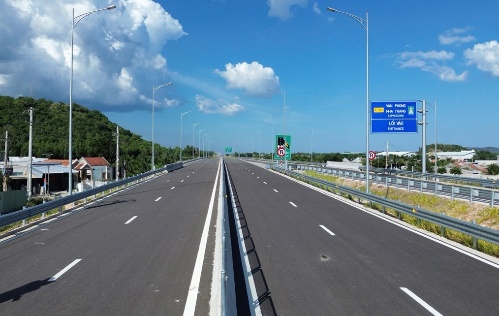
In addition to providing information on projects, the Ministry of Construction has also recently responded to the petition of Hanoi voters on focusing on further developing the railway, aviation and road sectors to meet the country's development requirements. Agreeing with the petition of Hanoi voters, the Ministry of Construction said that in the coming time, it will continue to promote the development of transport infrastructure according to the plan, especially in three key areas: Railway, aviation and road. The goal is to meet transportation needs, reduce logistics costs, expand development space and maintain double-digit economic growth in the period 2026-2030.
Regarding aviation - a mode of transport with advantages over long distances, serving tourism, transporting high-value goods, short-term, and supporting national defense and emergency relief, the Ministry aims to put into operation phase 1 of Long Thanh International Airport by 2030; study the expansion of Noi Bai and Tan Son Nhat; upgrade many local airports such as Cat Bi, Dong Hoi, Phu Cat, Phu Quoc, Ca Mau, striving that by 2030, about 92-95% of the country's population will have access to airports within a range of 100km. The Ministry will also coordinate with localities to study the construction of specialized airports associated with production areas and large tourist centers; exploit dual-use military airports and restore existing airports. At the same time, optimize the organization of airspace and flight methods at operating airports, as well as airports that are upgraded, expanded or newly built during the planning period.
Regarding the railway sector, the Ministry of Construction assesses that this is a mode of transport with advantages in terms of cost over medium and long distances; safe, convenient, less polluting; suitable for large-volume transport corridors and urban public passenger transport. The goal by 2030 is to mobilize resources to invest in the North-South high-speed railway; routes connecting seaports, airports, international border gates; coordinate with Hanoi and Ho Chi Minh City to deploy urban railways according to the Resolution of the National Assembly. The Ministry will also coordinate with localities to review planning and develop urban railways to meet the needs of fast and safe travel after the arrangement of administrative units; connect provinces/cities with the North-South high-speed railway and the two growth poles of Hanoi and Ho Chi Minh City; upgrade and renovate existing routes, form a railway industry, link railway development with urban areas and industry to restructure the national urban system. Regarding roads, the Ministry of Construction believes that this is the main method for short-distance freight and passenger transport, and should be prioritized in economic corridors.
The goal by 2030 is to complete the Eastern North-South Expressway, routes connecting major economic centers and dynamic regions such as Hanoi, Ho Chi Minh City, Da Nang, Can Tho; connect special seaports, international airports, international border gates with large import-export needs; form East-West economic corridors; put into operation about 5,000km of expressway.
At the same time, the Ministry will coordinate to develop coastal road corridors to promote marine economy and coastal urban areas; build modern urban transport; complete the belt routes of Hanoi and Ho Chi Minh City. By 2030, the goal is to form a synchronous and modern national transport infrastructure framework, meeting the requirements of socio-economic development, towards a modern industrialized country with high average income, based on science, technology, innovation and digital transformation; form dynamic regions, economic corridors, and growth poles.
Source: https://cand.com.vn/Giao-thong/den-2030-cao-toc-phu-khap-ket-noi-moi-vung-i778535/






![[Photo] Closing of the 14th Conference of the 13th Party Central Committee](https://vphoto.vietnam.vn/thumb/1200x675/vietnam/resource/IMAGE/2025/11/06/1762404919012_a1-bnd-5975-5183-jpg.webp)

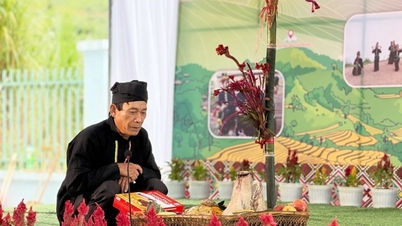

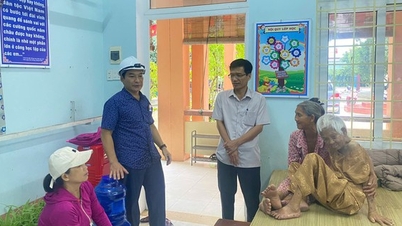



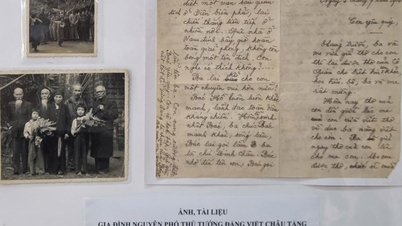










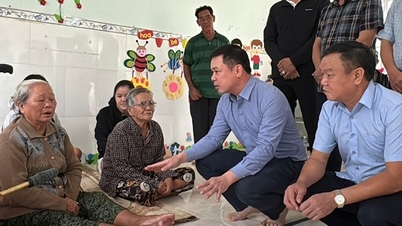
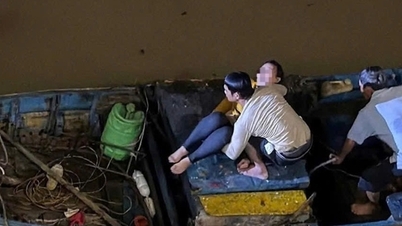
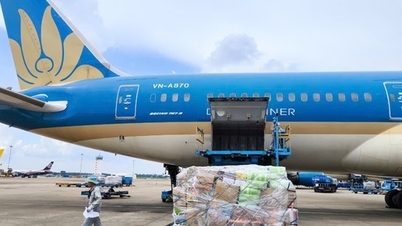

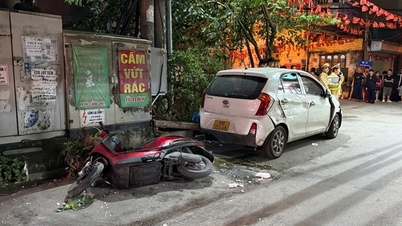




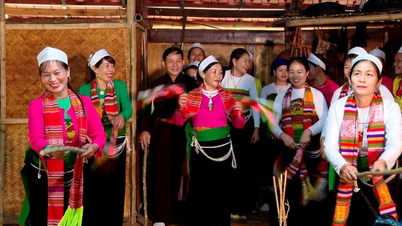



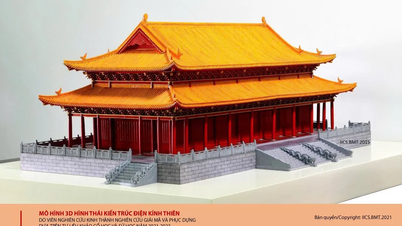






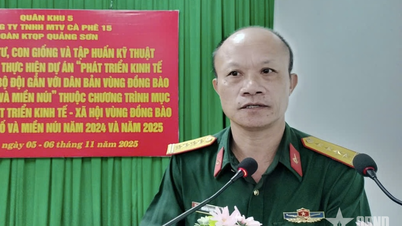




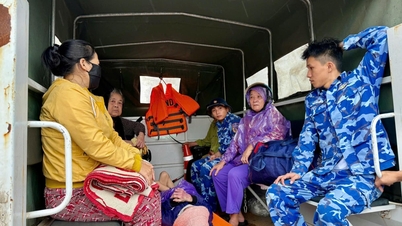



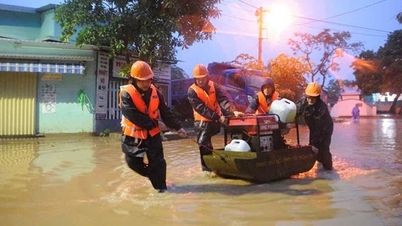
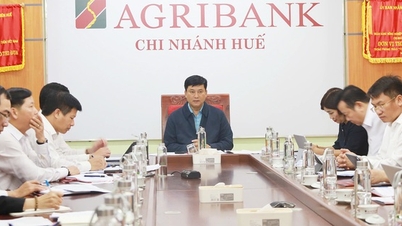

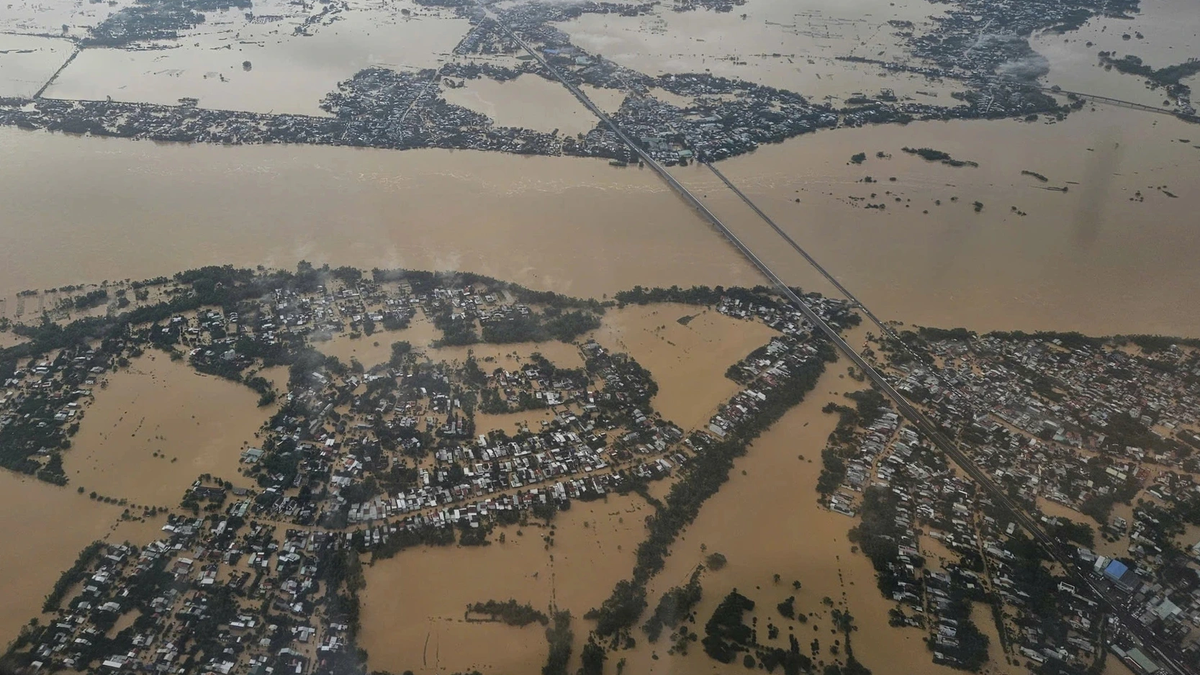



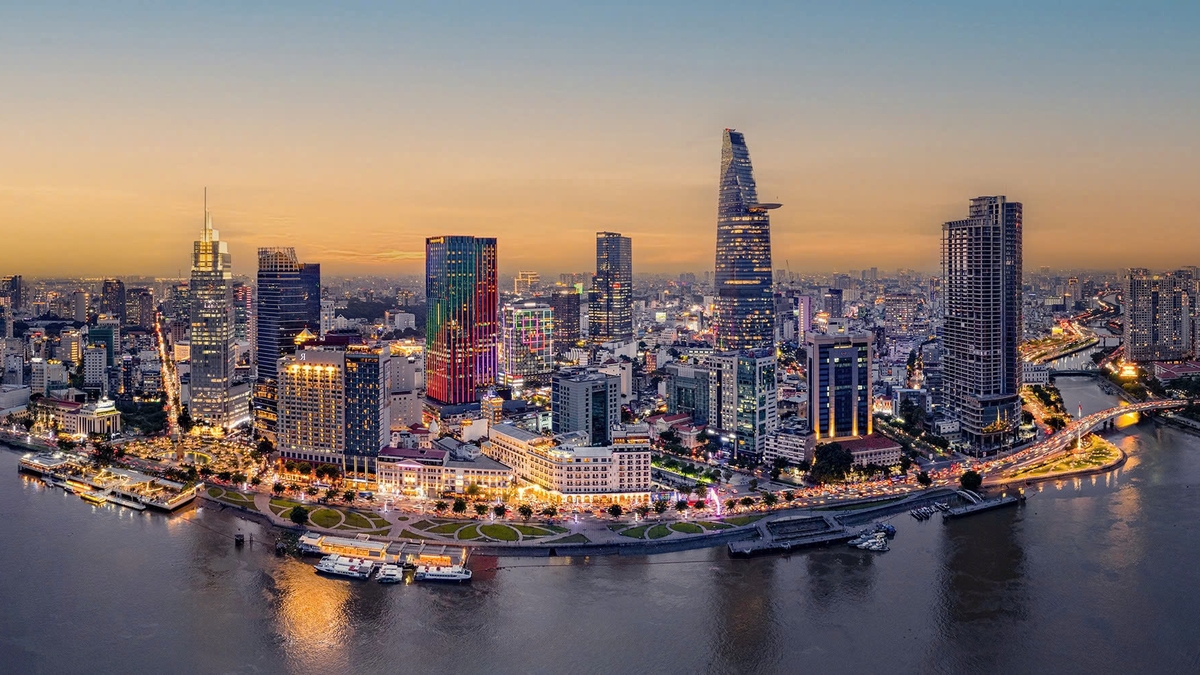
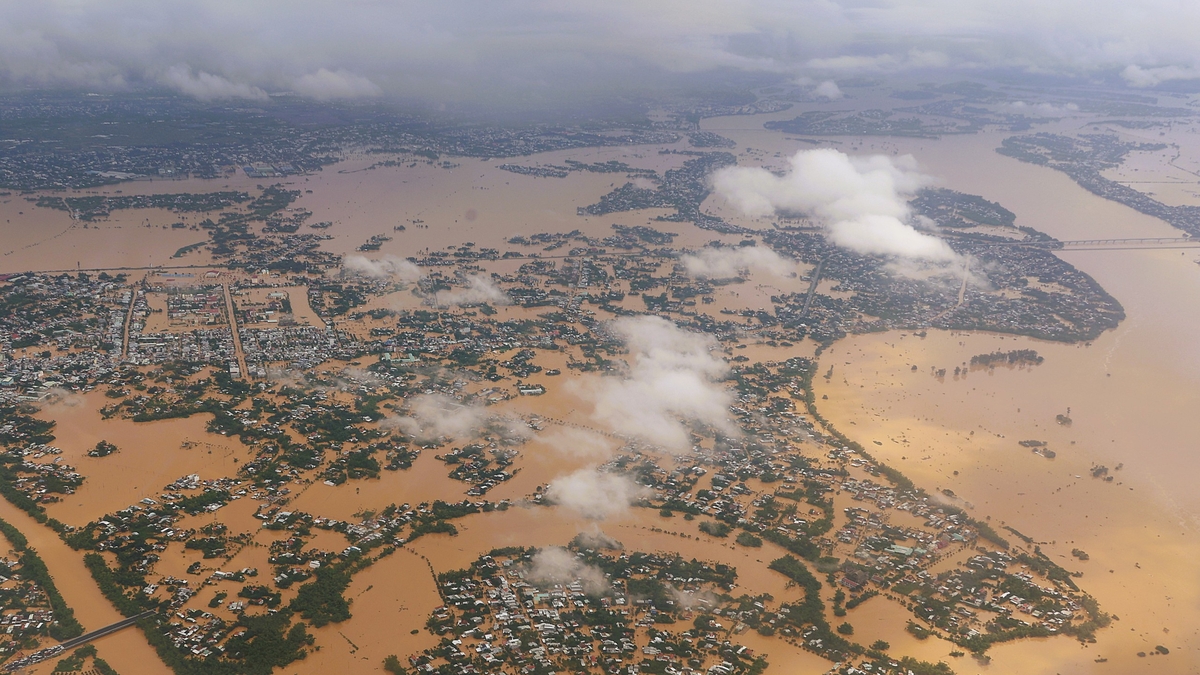


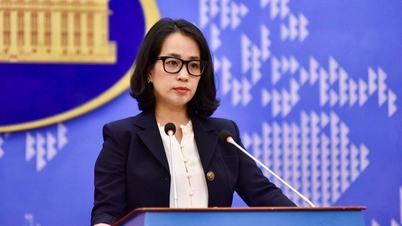
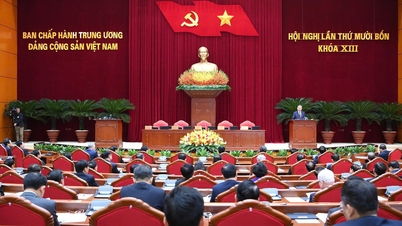


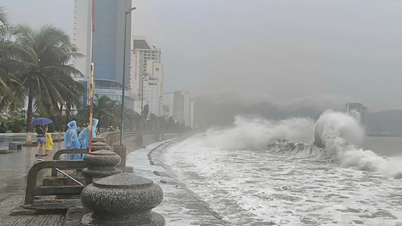
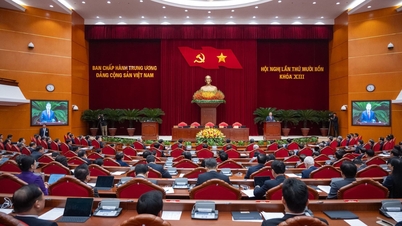



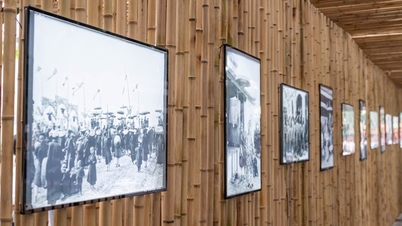


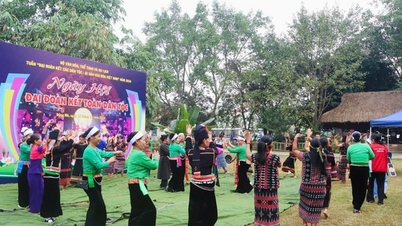
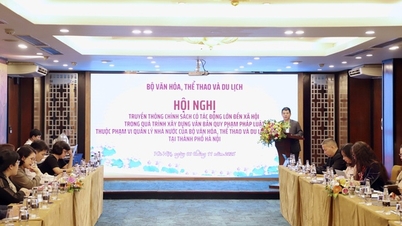
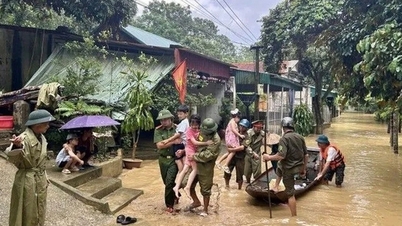
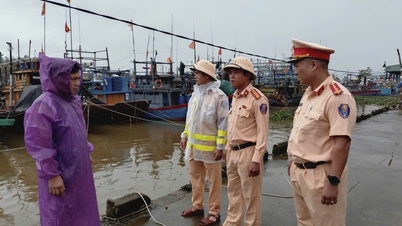



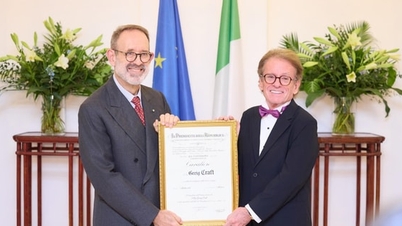

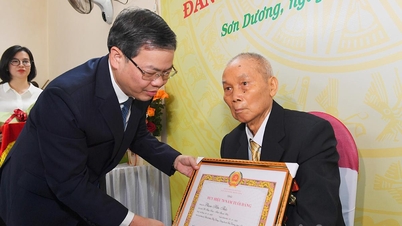

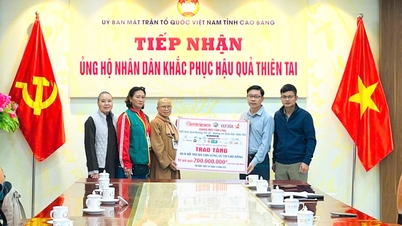



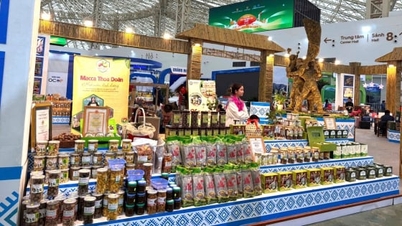












Comment (0)